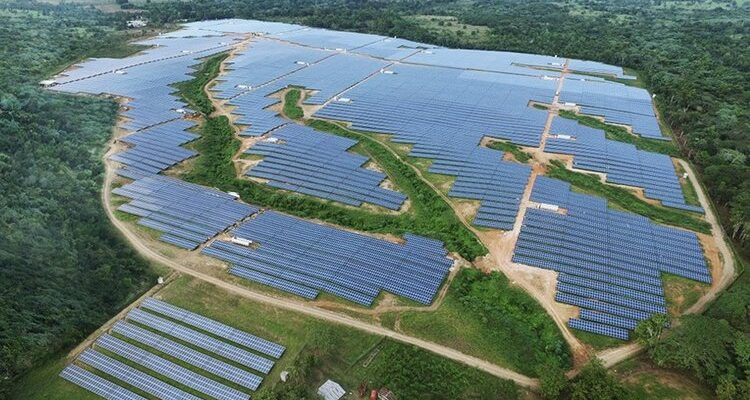Solar farms are crucial for harnessing renewable energy and reducing our carbon footprint. However, their visual impact on the landscape can be a concern for nearby communities. The good news is that with thoughtful planning and design, solar farms can be integrated into their surroundings in a way that minimizes visual disruption and even enhances the local environment. Here’s how to keep solar farms from being an eyesore. The first step in ensuring a solar farm is visually pleasing is careful site selection. Here are some considerations:
Utilize natural topography to your advantage. Placing solar panels on gentle slopes or behind natural barriers such as hills or trees can help conceal them from view. Choosing sites that are already less visually sensitive can reduce the impact on the surrounding landscape.
Locating solar farms at a reasonable distance from residential areas can mitigate visual concerns. While still within reach of necessary infrastructure, being further from homes reduces the likelihood of the solar farm dominating the local scenery.
Effective landscaping and screening can greatly enhance the aesthetic appeal of solar farms. Here are some methods:
Surround the solar farm with native trees, shrubs, and grasses. These plants can serve as natural screens, reducing the visual presence of the panels while supporting local ecosystems.
Create pollinator-friendly habitats around and within the solar farm. Planting wildflowers and other pollinator-attracting plants can transform the area into a vibrant and ecologically beneficial space. This not only mitigates visual impact but also supports biodiversity.
Establish green buffers, such as hedgerows or berms, around the perimeter of the solar farm. These buffers can effectively conceal the panels from nearby roads and properties, blending the farm into the landscape.
Solar farms do not have to be eyesores. With strategic site selection, integrative design, effective landscaping, community engagement, and regular maintenance, these renewable energy sources can be harmonious with their surroundings. By focusing on aesthetics as well as functionality, we can ensure that solar farms contribute positively to both the environment and the visual landscape.

